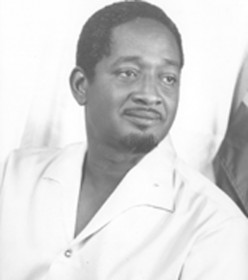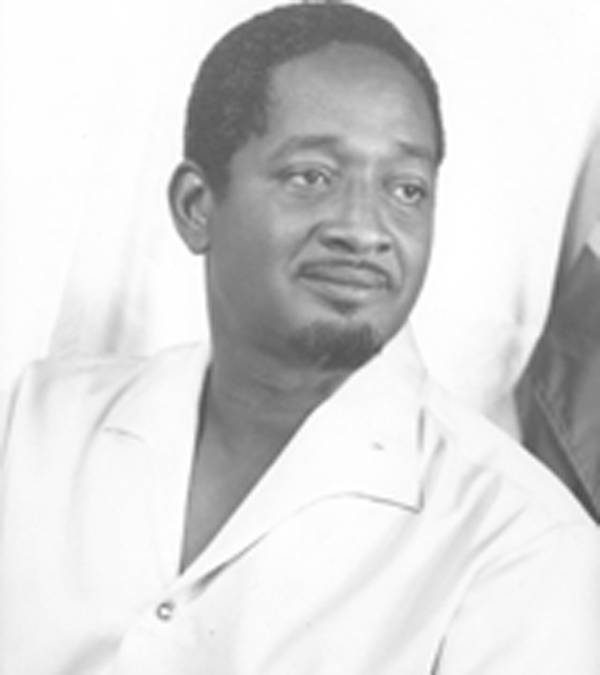By Ronald Austin Jnr.
After 12 hours of lengthy debates fraught with passionately held political views, the Constitution Amendment Bill No.12 was passed in Parliament on the 11th of September 1976. The language did not have a heavy dose of legalese, it was pellucid; ‘…no person other than the chief education officer, shall establish, maintain or manage any school or other place of education for the provision of nursery, elementary, secondary or further education’. Simply speaking, education was officially under the control of the state and completely free from nursery to the tertiary level, in this 6 year old Republic. What were the government’s intentions? What were the aims that drove this Herculean and revolutionary undertaking?

The attainment of republican status in 1970 brought a feeling of euphoria for nation-building and the government touted the need to create a ‘New Guyanese’. In an address to the nation on the 10th anniversary of independence at the National Park, L.F.S Burnham, imparted, in his effortless excellence, ‘There is, we recognize, a transcendental task of educating and re-orienting ourselves. Centuries of colonialism, imperialism, capitalism and neo-liberalism must leave their legacies and scars which have to be removed, rejected and cast aside.’ In the whirlwind of nationalization in the 1970s, the education system was swept up with the aim of creating a new Guyanese man and woman. The argument that the education system was elitist and out of sync with the Guyanese and Caribbean context was fair. The divisions of the colonial era circumvented the education system, vested interests were protected and preserved in the education sector. The top 5 Secondary Schools were Queen’s College (government), Bishops High (government), St. Joseph High (Ursuline), St. Roses (Ursuline) and Saints Stanislaus (Jesuits). The writing was on the wall for the churches and individuals involved in education in Guyana. Prime Minister Burnham complained about the separation of boys and girls, the exclusive makeup of these schools and he had this to say, ‘It is time we get rid of these cram shops which call themselves schools and operate for the pecuniary benefit of a few individuals .Education is the nation’s responsibility’.
Secondly, the education system was key in the ideological drive to establish socialism in every crevice of this 83,000 square mile South American nation. It can be safely argued that the mother of all aims to nationalize the education system was due to a resolute march towards a socialist state, and understandably the education system has always been in the ideological firing line of every socialist experience in Guyana and British Guiana. The central executive of the P.N.C issued a statement to graduates of the Cyril Potter College on the college’s Golden Jubilee that displayed the posture of the government towards education, ‘The establishment of an egalitarian society will demand further changes in the system’. In the ‘Declaration of Sophia’, then Prime Minister Burnham grandiloquently posited, ‘We must develop and in many cases, re-orient, our human resources in the service of the nation’. An education system is the nucleus and heartbeat of any given society and the decision to nationalize education was a logical continuum in service of the government’s stated interests. The government’s rhetoric was matched by strong will and when these two combined in the affairs of the state, action was palpable and swift. Minister of Education and Social Development, Cecilene Baird captured the Zeitgeist perfectly in the debate over the Constitution Amendment Bill No.12, when she emphasized, ‘in any revolutionary situation, government control of education was very crucial, as was witnessed in the Russian, Chinese and Cuban revolutions.’
It was felt by the government that the education system should become more egalitarian, that all classes should be educated at different levels and every young person should be equipped with some type of qualification. To this end, Multi-Lateral and Community schools were proposed. 72 community schools were created; these different government schools were all part of the government’s target to bring more Guyanese into the education net. M.T Lowe, Chief Education Officer, speaking at a 3 week teacher vacation course on Integrated Science at North Ruimveldt Secondary, reassured the audience, ‘Education is no longer the means whereby a few enter profession or gained economic advancement.’ These designs were quite noble but execution was a whole different story.
The need to create a new Guyanese, the full blown commitment to establish socialism all across this land and the concomitant push towards an egalitarian society, all combined and culminated in the nationalization of education in 1976. On the 13th of September 1976, a new era of education, completely free from nursery to tertiary level greeted every Guyanese. The Ministry of Education immediately conducted a study to ascertain what they were facing and what was being taken over. Ministry statistics established that there were 380 Preparatory schools (Nursery), 300 Primary Schools, 16 Secondary schools, 220 denominational schools and 80 private schools. Mohammed Hamaludin opined that this was by every stretch of the imagination, ‘….a gigantic undertaking not only logistics-wise but also in terms of its significance for the future growth of education’. A cursory glance at the records would certainly deduce that this was not going to be easy and that the quality of education was going to be tested. Free exercise books, free textbooks and an army of teachers and education personnel meant that there would have to be serious fiscal commitment, if a high quality of education was going to be realized. P.P.P parliamentarians complained that enough was not being spent on this gargantuan venture.
The government insisted that education was being adequately financed, what was the fiscal truth? The new Minister of Education Vincent Teekah (1977-1979), boasted that 11 million was being spent on education. By 1977, 73.7 million was reportedly spent on education, 1425 places were secured for children in primary schools, 900 additional primary schools were added and 6 Multi-lateral schools were created. More importantly, was the money available? Bear in mind, the 1970s experienced 3 major oil crises that weighed profoundly on every single plan the government concocted. Interest groups complained that the nationalization of education was being executed in a frenzied manner and this was certainly going to result in a fractured system and their concerns were not without foundation. They also pointed to the heavy-handed approach of the government. This was evident in the language and direction Bill no. 12 which gave the Minister of Education extra-ordinary powers to seize private property without any possibility of judicial recourse.
The nationalization of the education system in 1976 cannot be seen in isolation. This period of socio-economic, political and cultural transformation in this newly formed republic was astronomical. Education was the nucleus of theses monumental changes.

